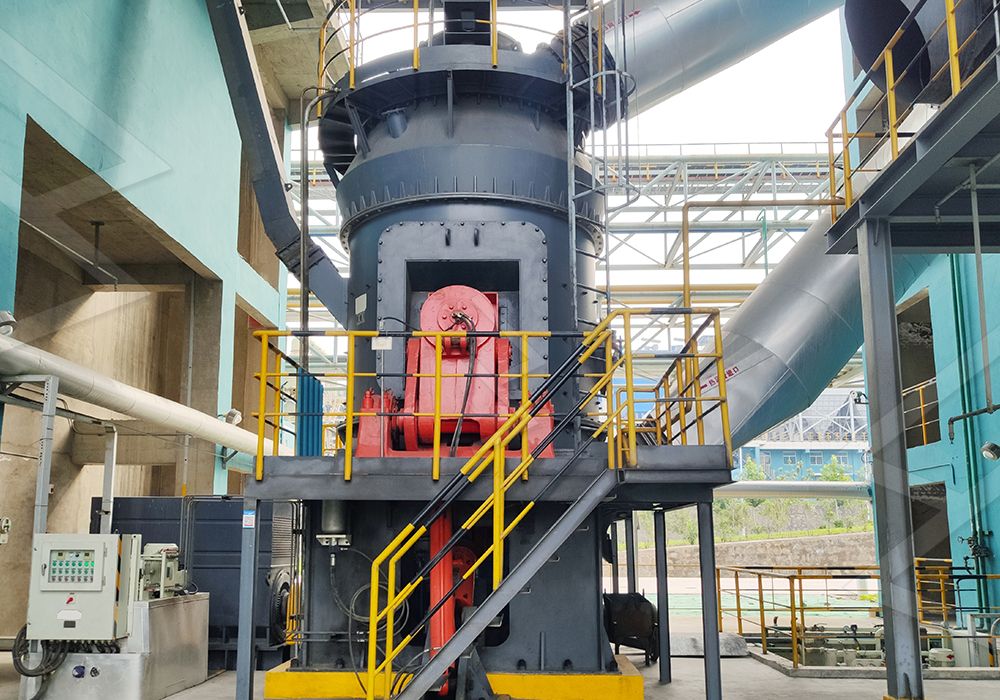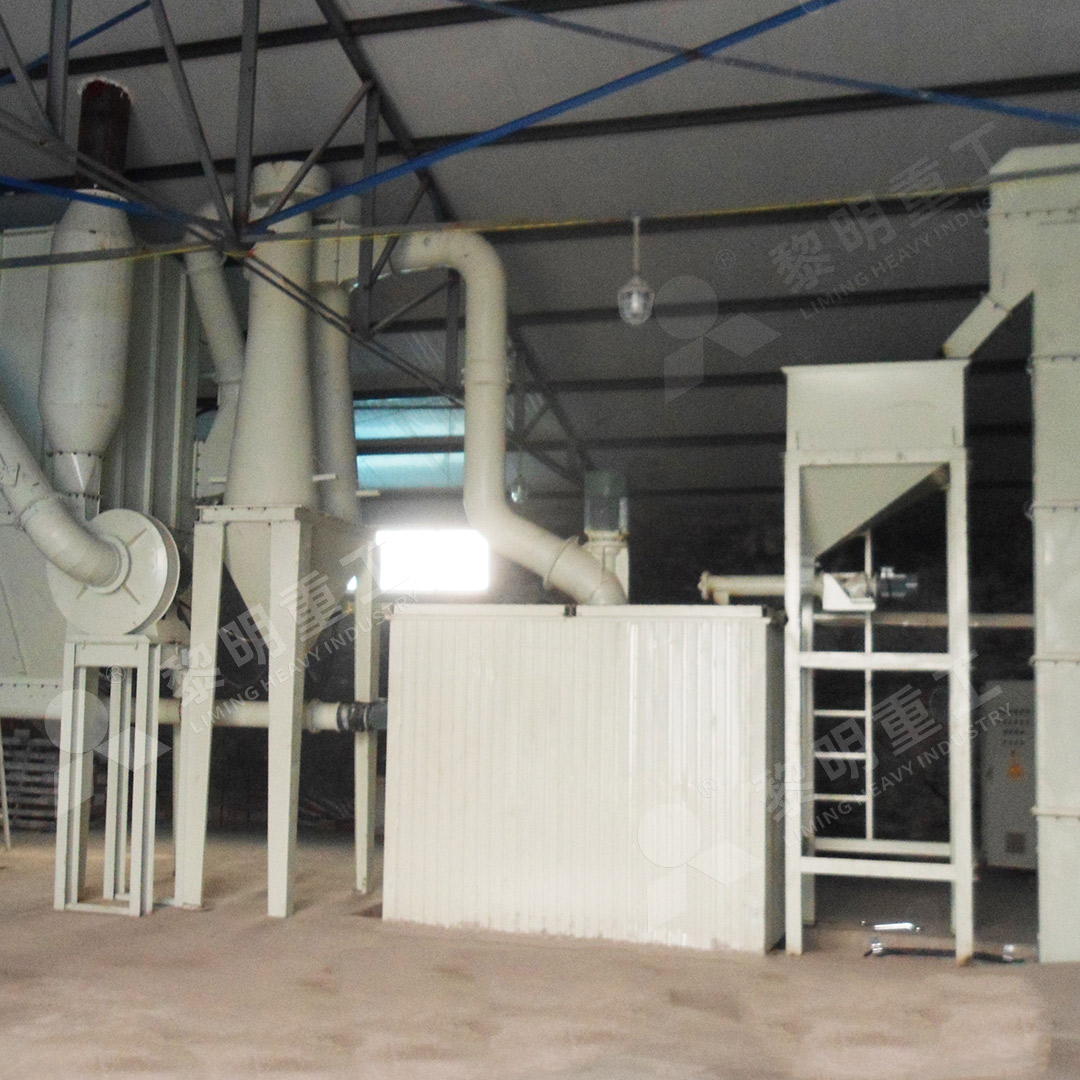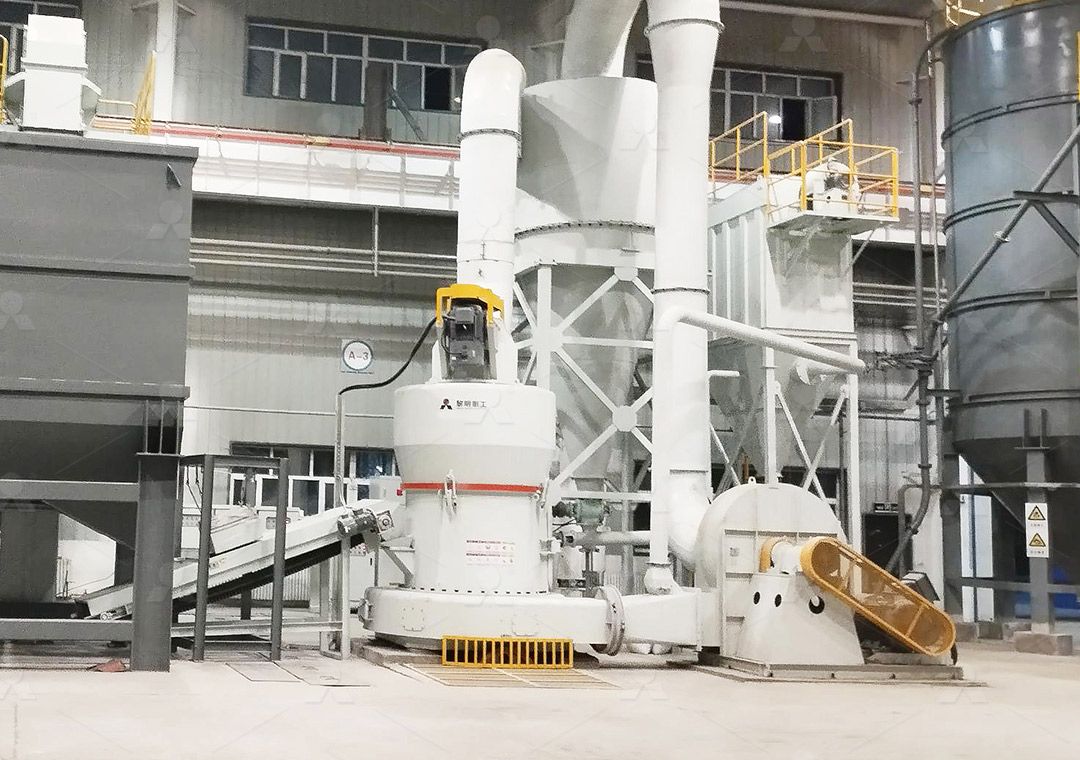How Does a Coal Grinding Mill Work?
We provide a wide range of mills — including Raymond mill, trapezoidal mill, vertical mill, ultrafine mill, and ball mill, obtained ISO9001 international quality certification, EU CE certification, and Customs Union CU-TR certification. Suitable for processing minerals such as limestone, phosphate, quicklime, kaolin, talc, barite, bentonite, calcium carbonate, dolomite, coal, gypsum, clay, carbon black, slag, cement raw materials, cement clinker, and more.
The discharge range of these mills can be adjusted to meet specific processing needs, typically from 80-400 mesh, 600-3250 mesh, and can achieve the finest particle size of up to 6000 mesh(D50).
If you are looking for a reliable grinding solution to turn stone or minerals into fine powder, please feel free to contact our online customer service.
How Does a Coal Grinding Mill Work?
For professionals in power generation, cement production, and various industrial sectors, understanding coal grinding mill operation is fundamental to optimizing combustion efficiency and reducing operational costs. These sophisticated machines transform raw coal into fine powder, creating the optimal fuel consistency for complete and efficient burning.
The grinding process begins with raw coal feeding into the mill through a controlled mechanism. Inside the grinding chamber, rotating components—typically rollers or balls—crush the coal against a stationary surface. This mechanical action breaks down coal particles through impact, compression, and attrition forces.

Simultaneously, hot air or gas flows through the system, serving dual purposes: transporting the pulverized coal and drying the material. This drying function is particularly crucial when processing coal with higher moisture content, as it prevents clogging and ensures consistent flow characteristics. The air stream carries the ground particles upward to a classification system.
The classifier, a critical component, acts as a precision sizing tool. It separates particles based on size and weight, allowing properly ground coal to continue while returning oversized particles for further grinding. This closed-loop system ensures consistent product quality and prevents energy waste from over-grinding already fine particles.
Modern Grinding Solutions
While various grinding technologies exist, vertical roller mills have become the industry standard for coal grinding applications due to their superior efficiency, compact footprint, and lower energy consumption compared to traditional ball mills. These advanced systems integrate multiple processes—drying, grinding, classification, and transportation—into a single, streamlined operation.
For operations requiring exceptional fineness and efficiency, our MW Ultrafine Grinding Mill represents cutting-edge technology in coal processing. With an input size capability of 0-20 mm and capacity ranging from 0.5-25 tph, this machine is engineered for customers needing ultra-fine powder production. Its innovative design eliminates rolling bearings and screws within the grinding chamber, significantly reducing maintenance concerns and potential failure points.

The MW series features higher yielding with lower energy consumption—achieving 40% higher production capacity than jet grinding mills with the same fineness and power requirements. Its German-technology cage-type powder selector enables precise fineness adjustment between 325-2500 meshes, while the integrated pulse dust collector ensures environmentally responsible operation with minimal dust emissions.
Key Operational Considerations
Successful coal grinding mill operation depends on several factors: maintaining optimal grinding pressure, controlling feed rate consistency, monitoring classifier speed, and ensuring proper gas flow and temperature. Modern mills incorporate sophisticated control systems that automatically adjust these parameters to maintain peak performance despite variations in coal characteristics.
Regular maintenance remains essential for long-term reliability. The strategic design of equipment like our MW Ultrafine Grinding Mill, with external lubrication systems and easily accessible components, enables maintenance without shutdowns—a significant advantage for continuous operations.

Frequently Asked Questions
What is the typical fineness requirement for pulverized coal in power generation?
Most power plants require coal ground to 70-80% passing 200 mesh (74 microns) for optimal combustion efficiency. The exact specification depends on boiler design and coal characteristics.
How does moisture content affect coal grinding mill performance?
High moisture content can significantly reduce mill capacity and increase energy consumption. Modern grinding mills incorporate drying capabilities, but extremely wet coal may require pre-drying for optimal operation.
What maintenance intervals are typical for coal grinding mills?
Maintenance schedules vary by mill type and operating conditions. Vertical roller mills typically require roller and table segment replacement every 8,000-12,000 operating hours, while comprehensive inspections occur annually.
Can the same grinding mill process different types of coal?
Yes, but operational parameters must be adjusted for coal with different hardness, moisture, and volatile content. Modern mills with automated control systems can more easily accommodate fuel variations.
